Tragedy struck the New Mexico set of a movie called Rust yesterday, Oct. 21, when an accident involving a prop gun took the life of Halyna Hutchins (above, right), the film’s director of photography. Veteran actor Alec Baldwin (30 Rock) reportedly shot a prop gun during filming, which somehow fired a projectile that killed Hutchins and also injured Director Joel Souza, who was treated at a local hospital and released. Baldwin is also the film’s producer.
The incident is currently under investigation by the Santa Fe County Sheriff’s Office.
The scuttlebutt on Twitter and among those in the know points to Hutchins’ death being the result of pure negligence and not a freak accident involving a blank cartridge, as early reports suggested.
UPDATE – Oct. 22 , 8:44 p.m.:
The Associated Press reported late Friday evening (Oct. 22) that a warrant filed in a Santa Fe court says Baldwin was handed a loaded weapon by an assistant director on the film who indicated it was safe to use moments before he shot Hutchins. The AP says the assistant director, who is unidentified, did not know the prop gun was loaded with live rounds, according to the warrant.
The warrant also says Hutchins was shot in the chest and that Souza was standing behind her. Investigators took Baldwin’s blood-stained costume for the film, the prop gun that he fired, and other prop guns and ammunition that were being used for the film, as evidence. The AP says it’s unclear how many rounds were fired during the incident and that little is known about the prop gun in question.
The Los Angeles Times reported that the film’s props, set decoration, special effects, and construction departments were staffed by a local New Mexico crew with questionable experience, according to an email sent to members of Local 44, a North Hollywood-based chapter of the International Alliance of Theatrical Stage Employees (IATSE). The email said there were no Local 44 union members listed on the call sheet for the day.
The email further stated that “a live single round was accidentally fired on set by the principal actor, hitting both the Director of Photography, Local 600 member Halyna Hutchins, and Director Joel Souza. Both were rushed to the hospital.”
Related: Man In The Wilderness – The Other Hugh Glass Movie
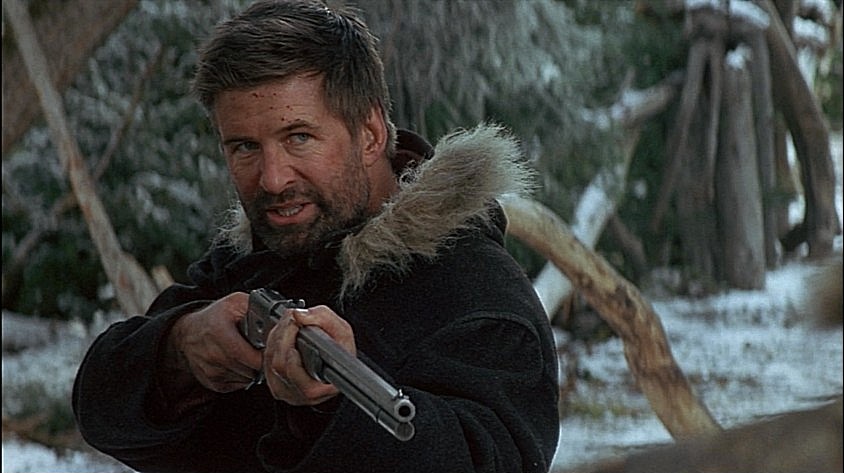
While commonly used blank rounds can undoubtedly be dangerous, there is no reason live ammunition should be present on a film set, said Jariko Denman, retired US Army Ranger and Hollywood movie advisor.
“Live ammo is never used in a shot, and if you need shots of rounds that look like full cartridges (like in a magazine) and not blanks, they have dummy rounds,” Denman said. “Dummy rounds have little BBs in them, so you can shake them, and you can totally tell they’re a dummy round. And if you’re using dummy rounds, there’s no reason for anyone to be pulling triggers.”
He said the only reason live ammo would be on set would be “because the armorer is a fucking idiot.”
A lack of knowledge about the particulars of the incident has not prevented people on social media who know nothing about making movies or guns from making wild speculations, though some did attempt to correct the narrative.
Hutchins death has some calling for an all-out ban on guns using blanks on movie sets, even though a blank may not have been involved, and for CG gunfire and replica firearms to be used in their place. The truth is, gun-related accidents of any kind are exceedingly rare in Hollywood, especially considering the sheer number of guns used in movies and other productions every year. Also, using CG gunfire would be wildly impractical for many productions.
“If they shot John Wick (2014) without blanks, they would still be editing it right now,” Denman said. “Let’s say you’re shooting a Glock. You have to (digitally) paint the cycling of the slide for every shot fired, or if you’re shooting an AK the reciprocation of the charging handle, or on an M4, you have to paint in the cycling of the bolt. You have to paint in all the brass coming out of the gun, the muzzle blast, smoke. You’ll have people painting shit for two years.”
Rust is a Western set in the 1880s about a 13-year-old boy who goes on the run with his long-estranged grandfather, Harlan Rust (Baldwin), after he’s sentenced to hang for the accidental killing of a local rancher. That means the guns on set were likely revolvers, lever guns, and possibly shotguns.
Related: 7 Underrated Wilderness Movies You Should Give a Chance
On-Set Firearm Deaths are Quite Uncommon
The Associated Press reports there were 43 deaths and 150 “life-altering” injuries sustained on movie sets in the US from 1990 to 2016. However, only one of those deaths resulted from a prop gun. In fact, there have only been two such deaths recorded in the US since 1984, not including this most recent incident.
The most recent firearm-related fatality on a movie set is also the most famous: the death of Brandon Lee in 1993. Lee, the son of actor and martial arts legend Bruce Lee, was killed by a prop gun on the set of The Crow due to careless handling of dummy rounds and blanks (more on that later).
Before that, the most recent recorded death from a prop gun on a set occurred almost a decade earlier. Jon-Erik Hexum was killed while filming the TV series Cover Up in 1984 when he accidentally shot himself in the head with a blank while goofing around between takes. The force of the blank round was great enough to fracture his skull, and he later died from the injury.
How Prop Guns in Movies Work
“Prop gun” can mean a few different things. There are several types of prop guns used on a modern movie or TV show set.
“You have live guns, which are the guns that shoot blanks. Or we’ll call them ‘real guns.’ They’ll say live or real guns depending on the crew,” Denman said. “Then you have airsoft guns. And then you have replicas, which are just non-functioning real guns. They don’t have a firing pin, or they don’t have a bolt. Then you have rubbers, which are rubber guns that are really good replicas so you can jump off a building with them or whatever.”
When you see a gun in an actor’s holster or slung on their shoulder, that’s likely a lightweight rubber gun. Remember, when audiences see someone running around for two minutes of screentime, that actor may have been holding that gun in their hands or slung on their shoulder for 12 hours or more. That shit gets heavy.
The replica guns are used for close-ups and for scenes where performers are brandishing firearms but not shooting. For scenes where a gun has to be fired on camera, a live gun with blanks will be used. But it’s not a haphazard thing; the firing of blanks is considered a major effect.
“The way it should go down is, every day that they have live fire — they call it ‘live fire’ on set, even though they’re using blanks — at the beginning of the day, they’ll have a safety briefing,” Denman said. “That’s run, normally, by the first AD (assistant director), and maybe the stunt coordinator will chime in, and maybe the armorer will chime in as well. They’ll say, ‘We’re using this type of gun, and it has this load.’
“It should be taken very seriously, not because blanks are inherently dangerous. I mean, they are a dangerous thing, but more because of the lack of proficiency of everyone involved.
Related: Davy Crockett – The Silver-Screen History of a Frontier Legend
“On set, your armorer does all the shit. They load the performer’s mags. The armorer loads the gun and gives the weapon to the performer. In a perfect world, there should be a person double-checking it, and that’s usually the first AD. The armorer will show them [the ammo] and go, ‘See, blanks, 1/4 load.’ He’ll put them in the gun, chamber a round, put the weapon on safe, or the weapon will be on fire depending on the proficiency of the performer. And then they’re ready to go.
“That’s kind of how it should work. You should have at least two people double-checking. Ideally, it should be the armorer — sometimes they’ll call him the gun wrangler — the stunt coordinator, first AD, and the performer, all doing their own check.”
Regardless, Denman said nobody should be pointing a gun loaded with blanks directly at another person on set.
Related: ‘The Continental’ Will Deliver 3 John Wick Prequels
“They should be doing a 5- to 10-degree offset for a shot,” he said, adding that for shots where a performer is shooting toward a camera with blanks, a clear shield is used not only to protect the operator but also the camera.
When a gun is fired, camera angles will be manipulated, so it looks like a gun is being directly fired at someone, but the gun is actually aimed to the right or left of them. If a scene requires actors to be in close proximity to each other when firing guns, safety concerns are ratcheted up.
For filming point-blank gunshots, there were a few options before the CG era. The editor could cut to an extreme close-up of a gun firing a blank into a fake torso or head for a few frames.
Flash paper guns, like the one the Coen brothers used in Fargo, were also an option. These are sometimes called “non-guns.” They’re basically cap guns on steroids that produce a flash and a little smoke with every trigger pull. Gunshot sounds are then added in post-production. You can always tell a flash paper semi-auto pistol because the slide doesn’t move when it’s fired.
Today, these types of shots are most often accomplished with replica guns, acting, and some CG effects added in post, which isn’t too difficult for one or two gunshots.
Related: The Lasting Horror and Adventure of ‘Jaws’
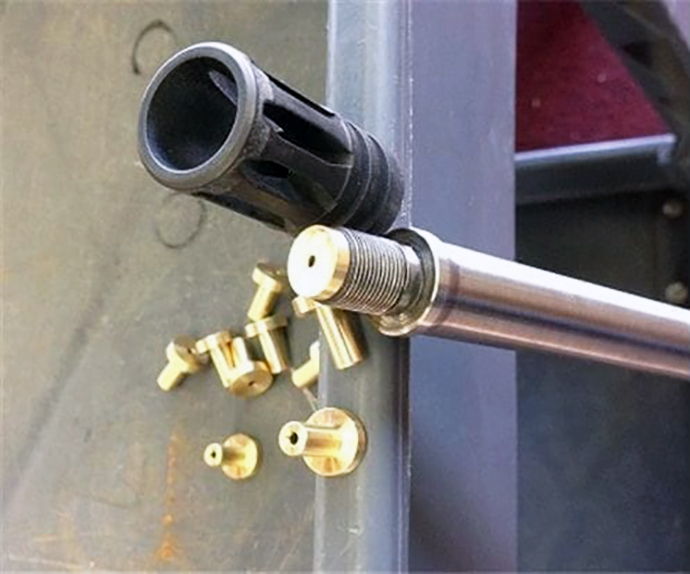
A Bit About Movie Blanks
Blanks are brass cases that are slightly longer than normal, so the case mouth can be crimped once a small powder charge is loaded. The crimp keeps the powder in place and also helps simulate the shape and length of a bullet, which aids in cycling. Many blanks will also have some paper wadding to keep the powder charge in place.
Denman said blanks on movie sets come in a few different flavors: 1/4 loads, 1/2 loads, and full loads.
“The bigger the load, the bigger the fireball coming out of the gun and the louder it is. The 1/4 loads basically just cycle the gun, and then the full loads give you the big, long, bitchin’ muzzle blast,” he said. “But with all those loads, there are different safety protocols that go into place. Normally, the camera ops is going to have a shield because a full-load blank can fucking kill someone. If I pointed a full-load blank at the side of your head from, like, a foot away, you’d fuckin’ die.”
Pressurized gases and bits of burning propellant are ejected from the muzzle at high speeds with every shot. Any time a blank is being fired on set, it’s a big deal — just as big a deal as an explosion or a motorcycle stunt — or at least, it should be.
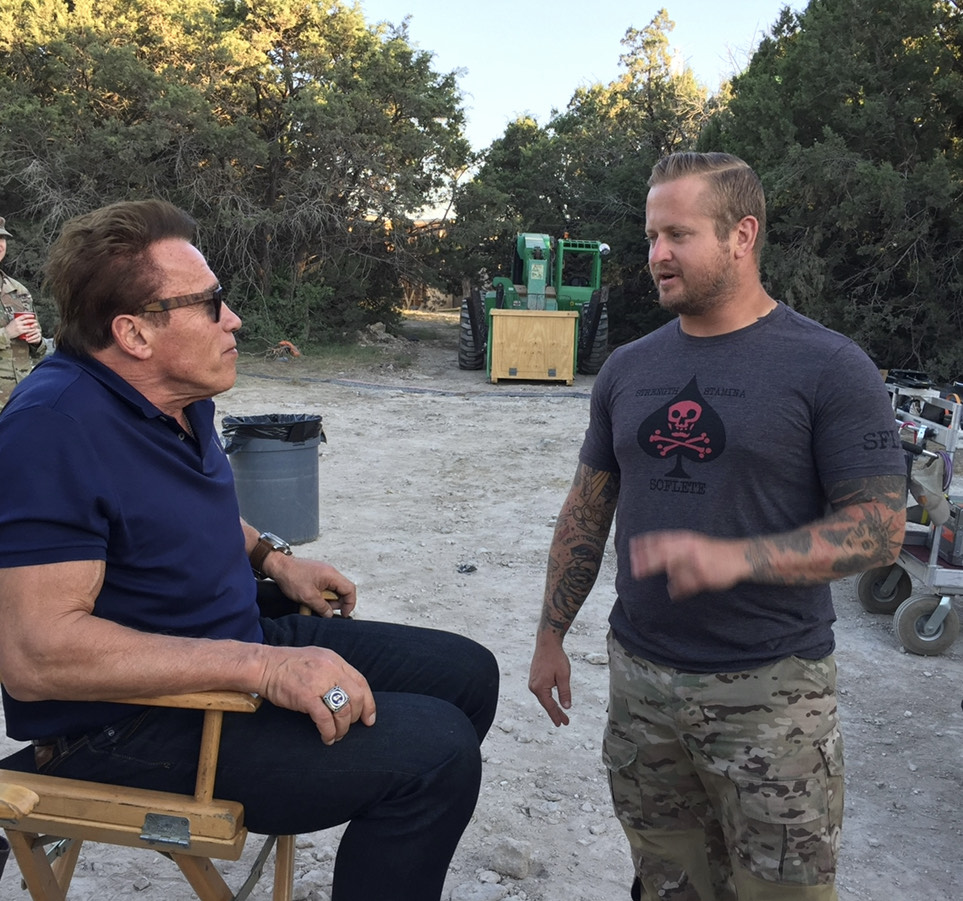
“When I do a job on set, something I do with the cast I’m training — I’ll take an apple. I’ll set it on something and shoot a full-load blank at it from about a foot away. And the apple explodes,” Denman said. “It’s like, ‘See, these are fucking dangerous.'”
A blank firing adapter must be used to get a gas-operated firearm to function with blanks. Since there’s no bullet in the barrel, sufficient pressure can’t build up to be channeled back and cycle the action. The adapter is basically a barrel plug that allows the pressure from blanks to build up enough to cycle the gun. They also help produce a more noticeable muzzle flash.
Denman said that revolvers and blowback-operated firearms often have a barrel plug of some kind installed for the muzzle flash benefits, even though they don’t require to function with blanks.
Related: Deadwood – Fact vs. Fiction in HBO’s Epic Western
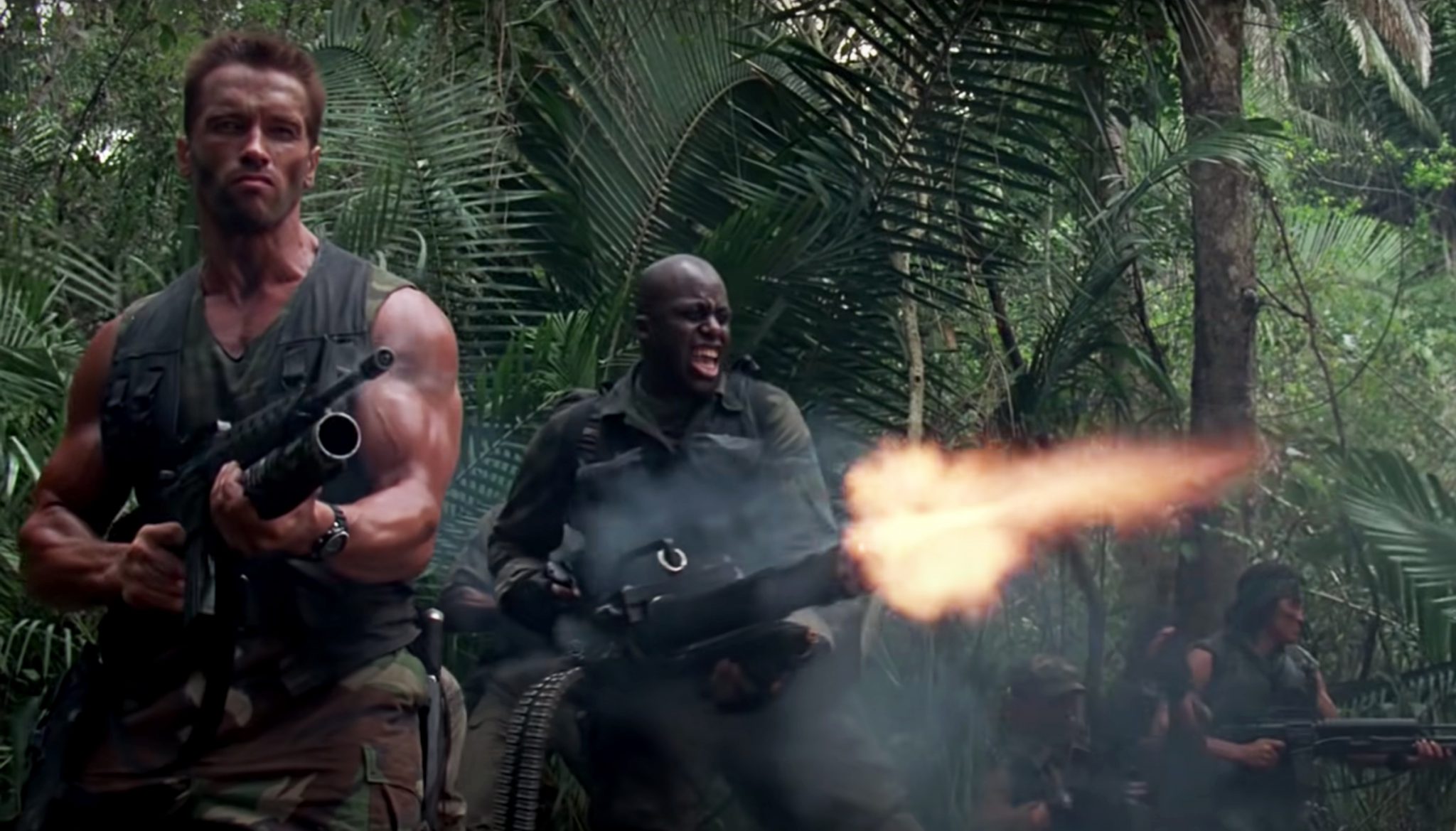
The blank adapter is very similar to what the US military uses on M16s and M4s when training with blanks. They call it a Blank Firing Attachment, or BFA, and it attaches externally to the flash hider, performing the same function as a blank firing adapter. But in movies, it also has to look good.
In the 1980s, you could sometimes spot blank adapters on a rifle in direct head-on shots of a muzzle. Arnold’s M16 in Predator (1987) is a good example (above). Today, blank adapters are more discreet and are usually screwed onto a muzzle and then topped with a flash hider or some other muzzle device to hide it completely.
When a Blank Became Deadly
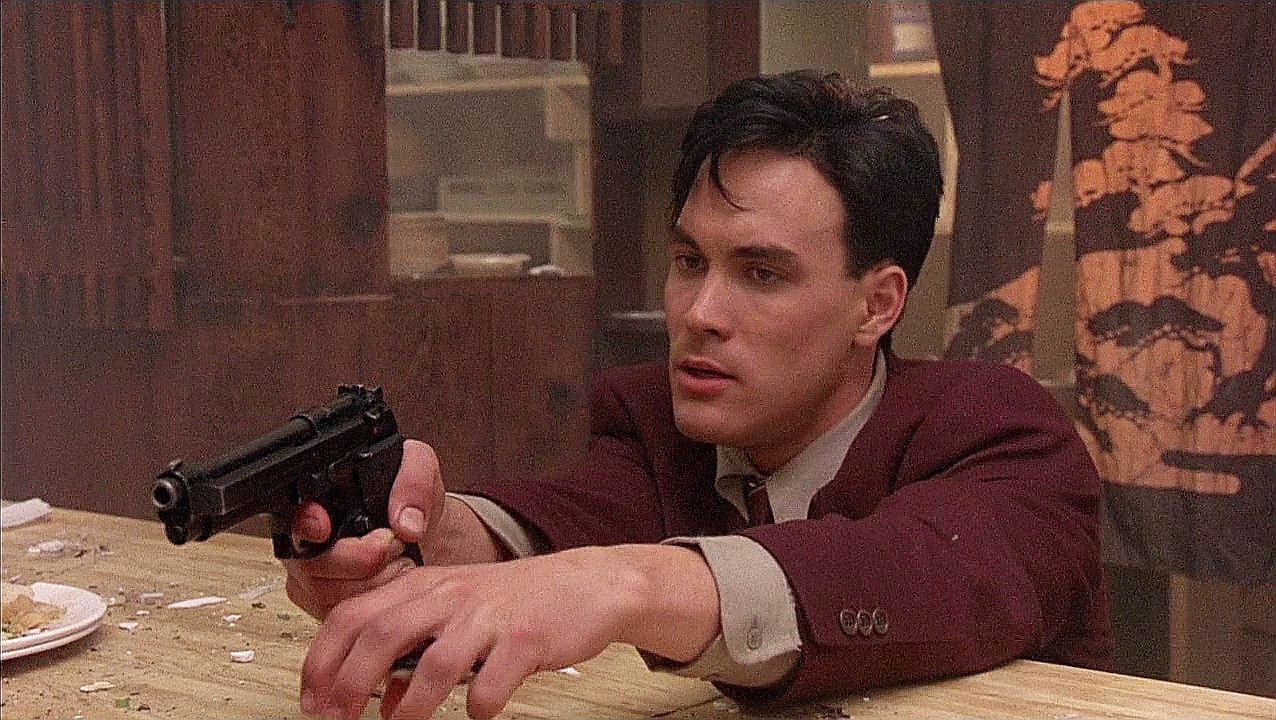
So how could what happened on the set of Rust this week go down? We don’t know all the facts surrounding the incident, and police say the investigation is still “open and active,” but it sure seems like the film’s armorer screwed up bad. Given that the movie is a Western, there’s a good chance a revolver was involved.
A revolver was also being used during the incident that took Lee’s life on the set of The Crow (1993). If another type of firearm were being used, it might not have happened.
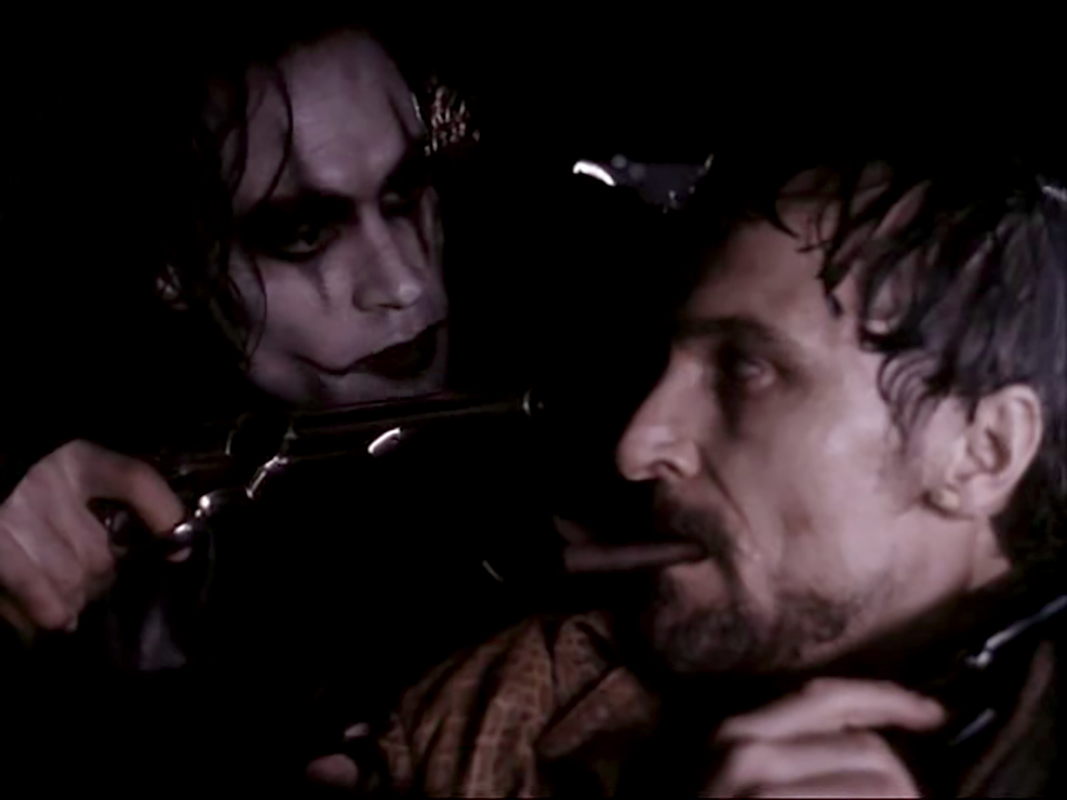
On Mar. 31, 1993, Lee was filming a scene that was intended to be the setup for the movie in which his character walks into his apartment to find his fiance being assaulted by a group of thugs. Actor Michael Massee, playing Funboy, was scripted to fire a .44 Magnum Smith & Wesson Model 629 revolver at Lee when he walked into the room.
When a revolver is filmed up close from the front, the cylinder is usually loaded with dummy rounds. Otherwise, it’s fairly obvious that the gun is unloaded. That’s what the crew did for the previous scene, but when they created the dummy rounds, they neglected to remove the primers from the casings.
Related: Sylvester Stallone is a National Treasure and You Can’t Change My Mind
During filming, one of the primers was fired. This caused the bullet to be propelled out of the case, and it became stuck in the barrel, essentially creating a squib load. Then, for the fateful scene, the same gun was loaded with blanks, and nobody checked to make sure the barrel was clear or noticed that one of the bullets was missing from a dummy round.
When Massee fired the first blank, it propelled the bullet stuck in the barrel with force comparable to that of a live round. The bullet struck Lee in the abdomen and lodged near his spine. He was rushed to the hospital and underwent emergency surgery that was ultimately unsuccessful. He was 28.
Moving Forward
Lee’s death sparked reform in Hollywood and stricter policies about how firearms are used on set, but accidents still happen no matter how many precautions are in place.
Lee’s sister, Shannon Lee, runs a Twitter account in her brother’s name. In the wake of the Rust tragedy, she tweeted: “Our hearts go out to the family of Halyna Hutchins and to Joel Souza and all involved in the incident on ‘Rust.’ No one should ever be killed by a gun on a film set. Period.”
Denman said it’s the on-set safety procedures that should be scrutinized in this incident, not the use of blanks on movie sets. With the information currently available, he believes that the recent incident involving Alec Baldwin “had to have been the accidental loading of a live round.”
“We’ve been shooting movies for 100 years now, and three people have died from blanks. There’s not a blip on the radar when a stunt guy gets killed crashing a motorcycle. This is just a lot more dramatic,” he said. “Hundreds of thousands of blank rounds are shot on sets every year, and we’ve had three people die. Total.”
Read Next: Why the Hell Are There No Movies About Daniel Boone?

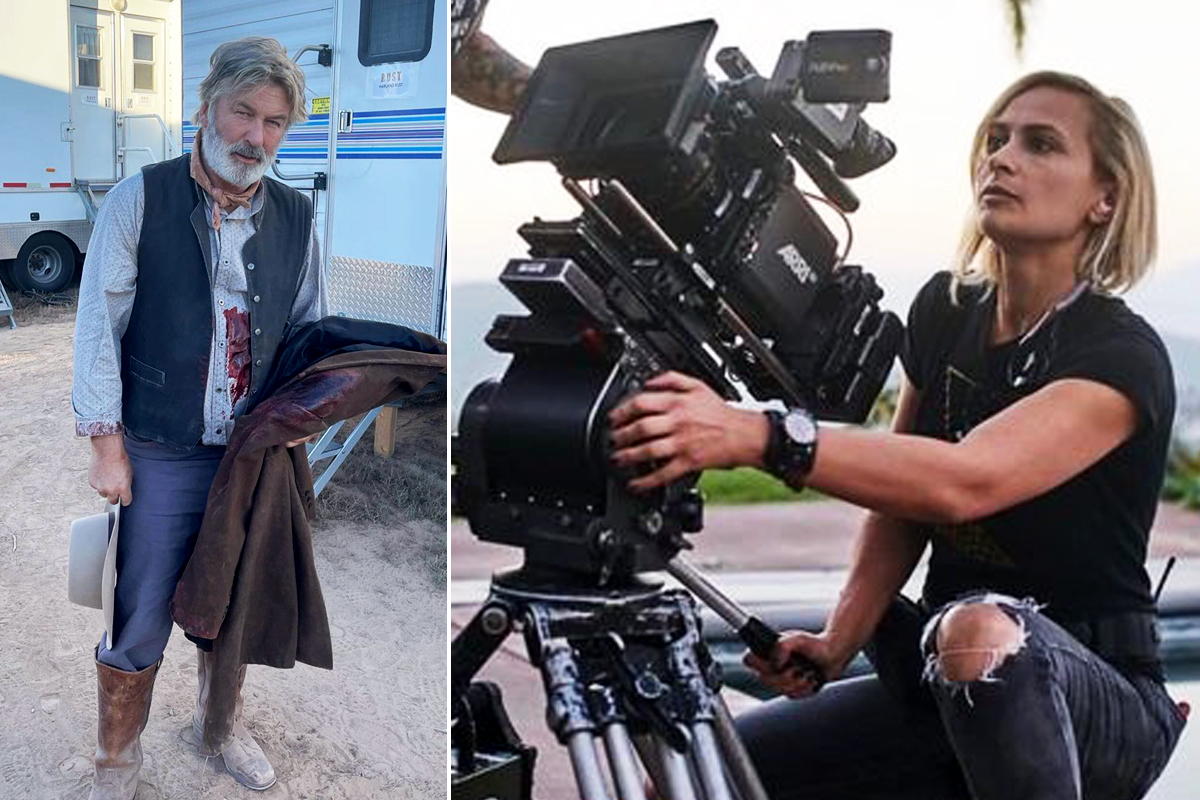
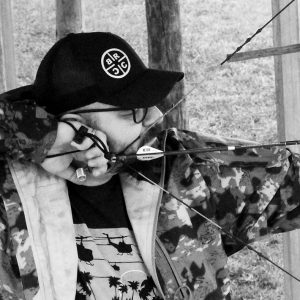

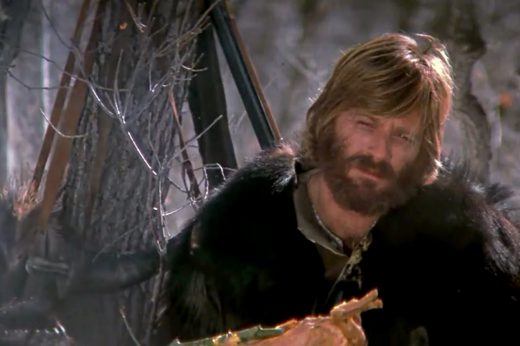
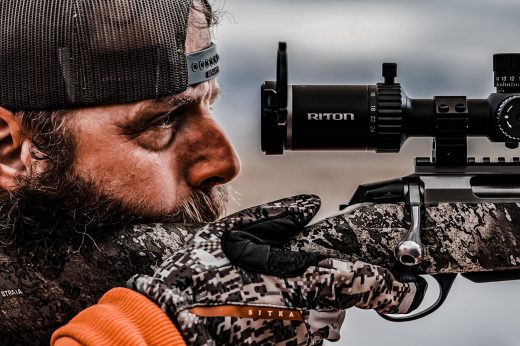


Lucius Foster says
I grew up in Hollywood and guns are very safe on sets. I have seen numerous deaths to Stuntman but never from guns. For the 3 deaths related to guns on sets over 50 plus years, they were all due to not following the safety protocols. The most important, never point a gun toward another person ever (blanks can kill). Also, I would never handle a gun until I personally checked the loads myself. Baldwin should have known better then to take a firearm from anyone and trust it is loaded with the correct loads. Then you shoot to the right or left of human or live animals with blanks. NEVER POINT A FIREARM INCLUDING UNLOADED, NEVER!!! The gun must of been a revolver with dummy loads and some idiot put a blank in the chamber behind a dummy load. Your suppose to use a revolver with no dummy loads and just blanks. Then for front shots Post Production paints in the chambers on to the digital film to look like rounds are in the revolver. This is what happens when you use non union crew members on a set that are not Professional Armorers and every person that touches those weapons needs to check what is chambered. SAFETY FIRST IDIOTS. Now someone is dead and the 2A haters want to blame guns again. Guns don’t pull their own triggers.
Jim Stockley says
Good article, well explained . . . especially for people who have never been on a film set or who know very little about firearms. Thanks.
Laszlo Bencze says
The Western, “Rust”, is set in 1888. Therefore, the pistol being used had to have been a revolver, most likely a Colt single action army. Would you agree? Assuming it is a revolver, it is a very simple thing to check for cartridges. I just viewed a video and all you have to do is flip open the loading gate and then manually rotate the cylinder through the six positions. Looks like it can be done in under ten seconds. It would have revealed the presence of a cartridge immediately.
If Baldwin had done this would he have been out of line? Would it have upset the armorer? Are actors allowed to check their guns?
Laszlo Bencze says
So I just found out that actors on a movie set are not allowed to do anything with a gun that they have been handed except use it as the script says. They are not permitted to check it for cartridges or fiddle with it in any way. Only the armorer is permitted to check the gun. Therefore, all the fault in this case lay with the armorer.